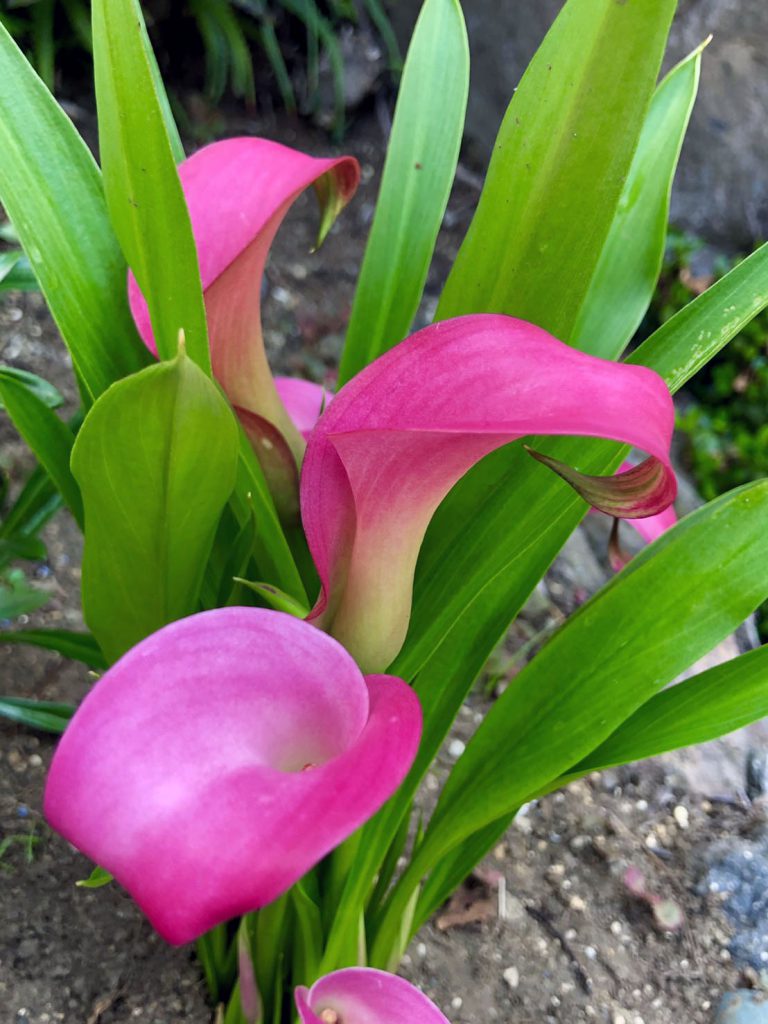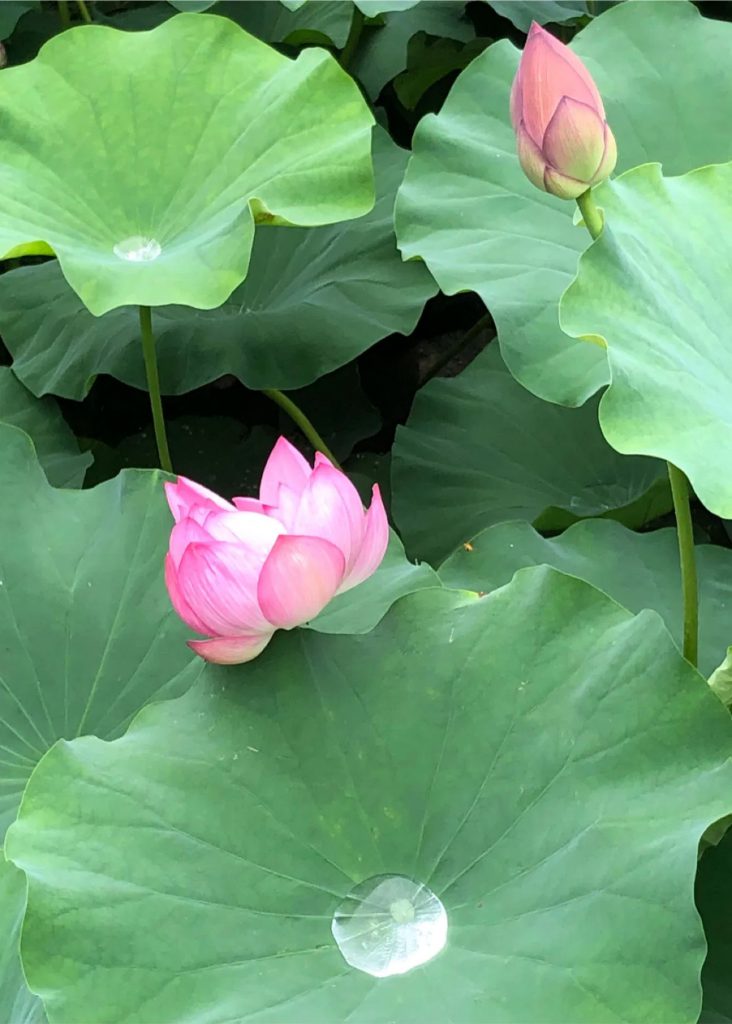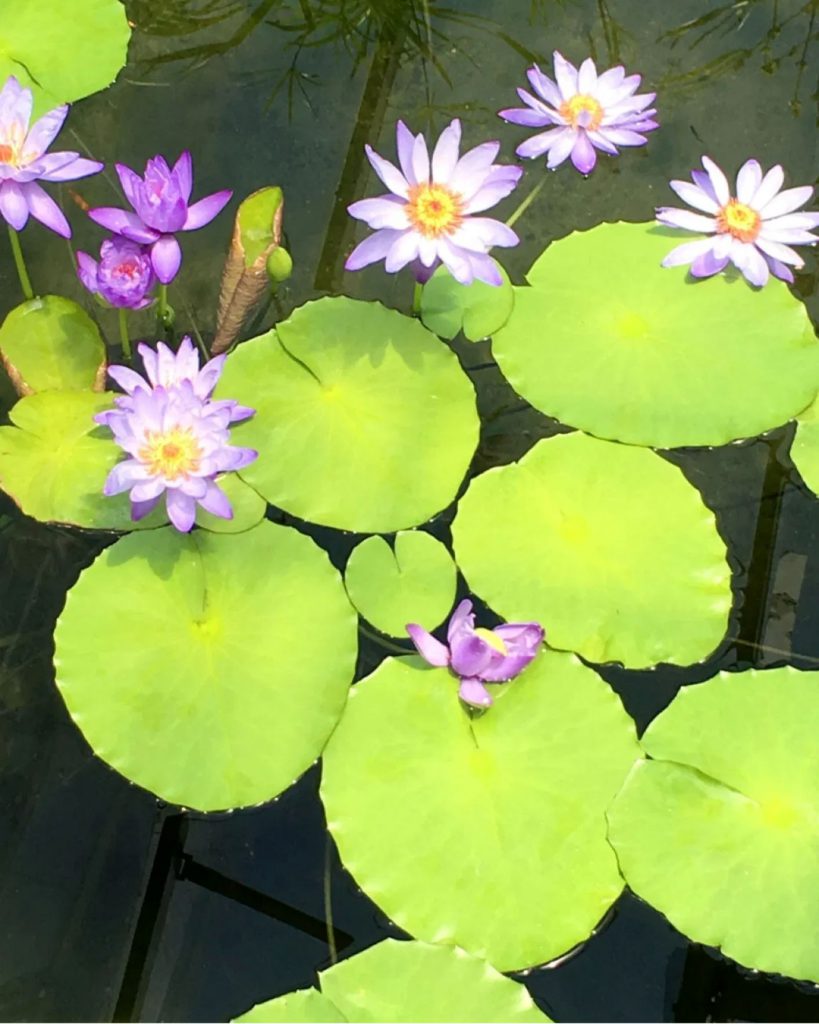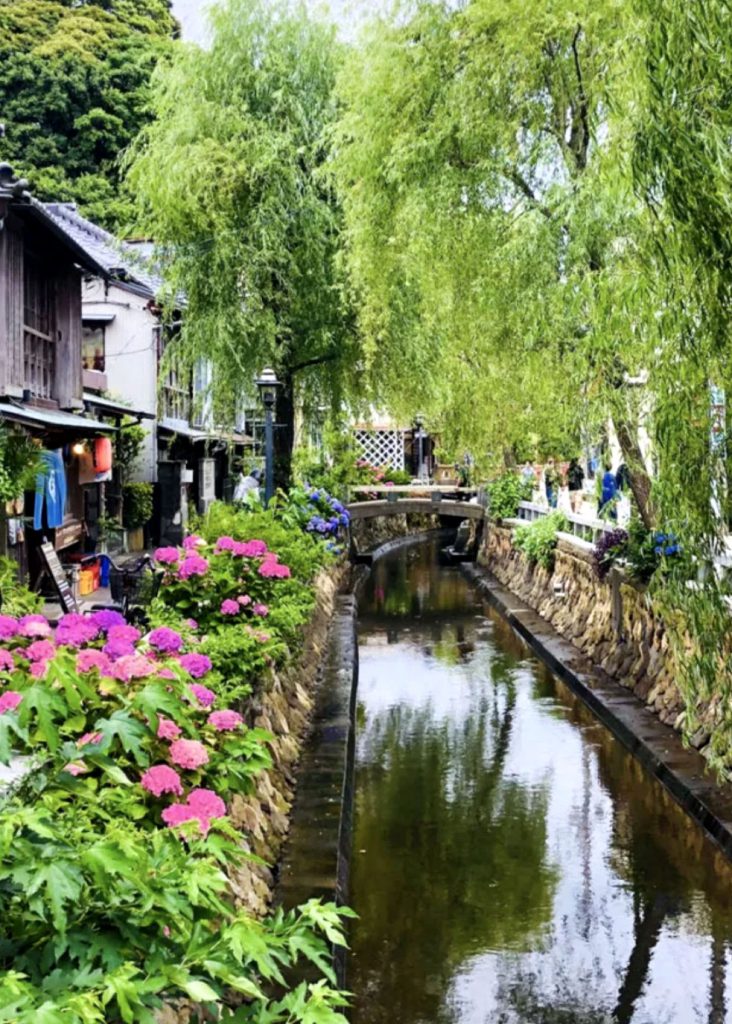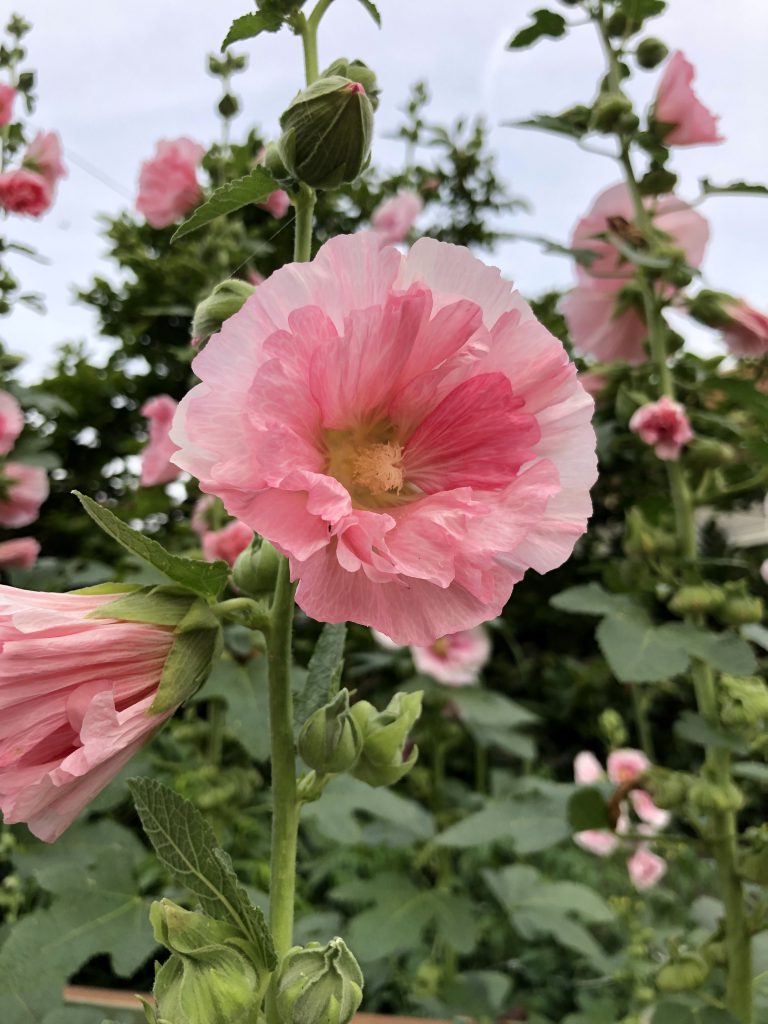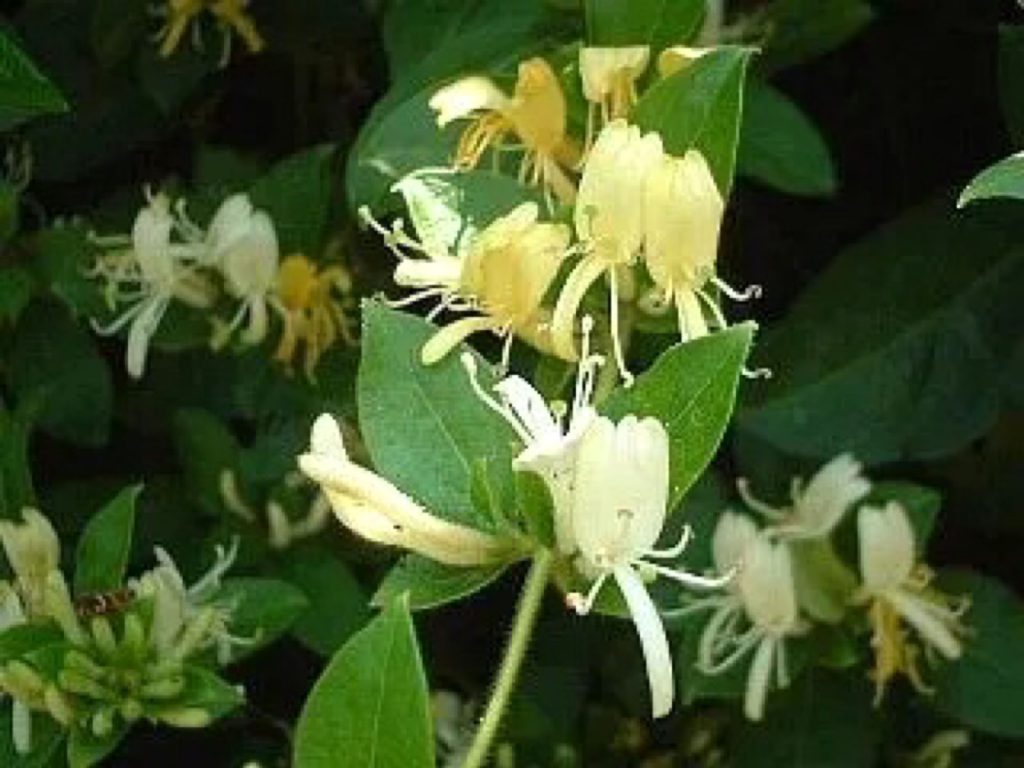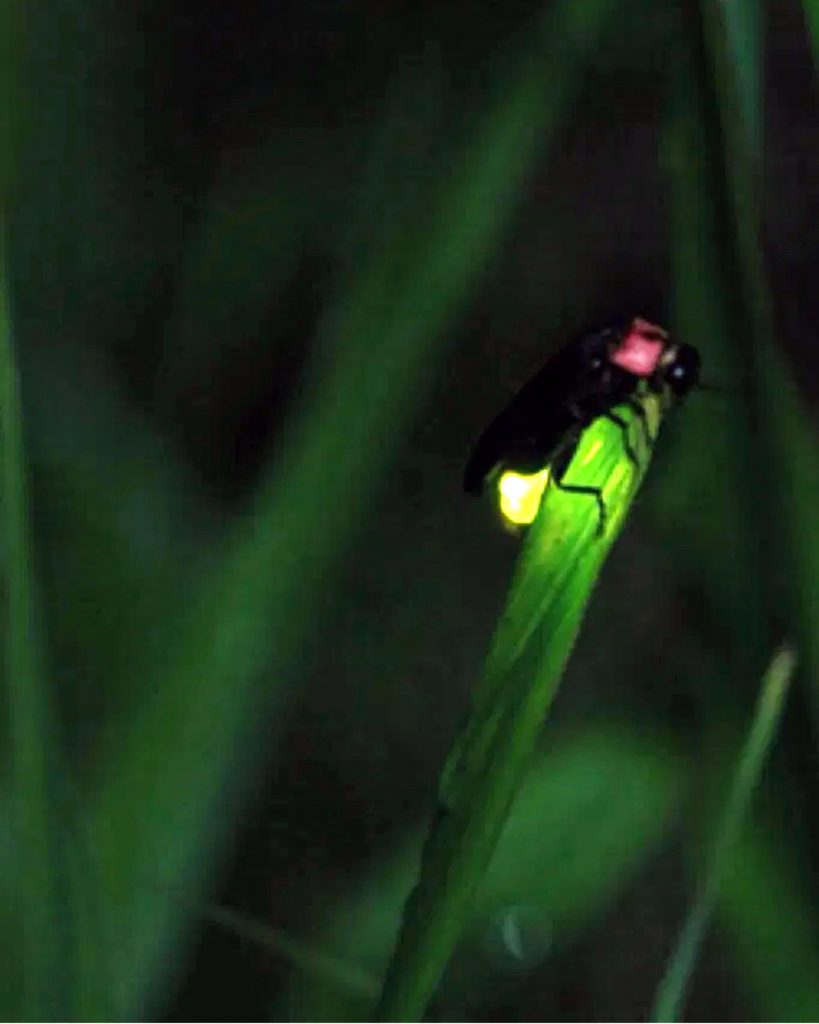
I used to go to Shinshu Nozawa Onsen for training camps with my students. There are outdoor hot springs managed and operated by local residents around the countryside outside the hot spring town, and anyone can take a bath whenever they want. Just around this time during the rainy season, I visited Nozawa Onsen for a preview. The hot springs at the inn are good, but the open-air baths that are full of wildness are also good. I heard from the innkeeper that fireflies are flying along the river, so I headed to the river after I had a quick bath. Fireflies were flying as the sun went down and the dusk approached. A number of fireflies are flying around in the scent of hot springs and the steam swaying. The lights are blinking even in the nearby Kumasa. My body suddenly got cold while I was absorbed in taking pictures. I trotted to the nearby outdoor hot spring and jumped into the hot spring.
信州野沢温泉には生徒達を連れてよく合宿に行ったものです。温泉街を外れた田園のあちこちに地域住民が管理運営する外湯があって、何時でも、誰でも好きな時に入れます。梅雨時の丁度今頃、下見に訪れました。宿の温泉も良いですが、野趣に溢れた露天風呂がこれまた良い。宿の主人から、川筋に蛍が飛んでいますよと聞いていたので、風呂もそこそこに早速川筋に向かいました。日も落ちて夕闇が迫る中、飛んでいました。温泉の匂いが立ち込め、湯気が揺らぐ中を何匹もの蛍が飛び交っています。近くの熊笹でもチカチカとあかりが点滅しています。夢中になって写真を撮っている内に体が急に冷えてきました。小走りで近くの外湯に向かい、温泉に飛び込みました。

